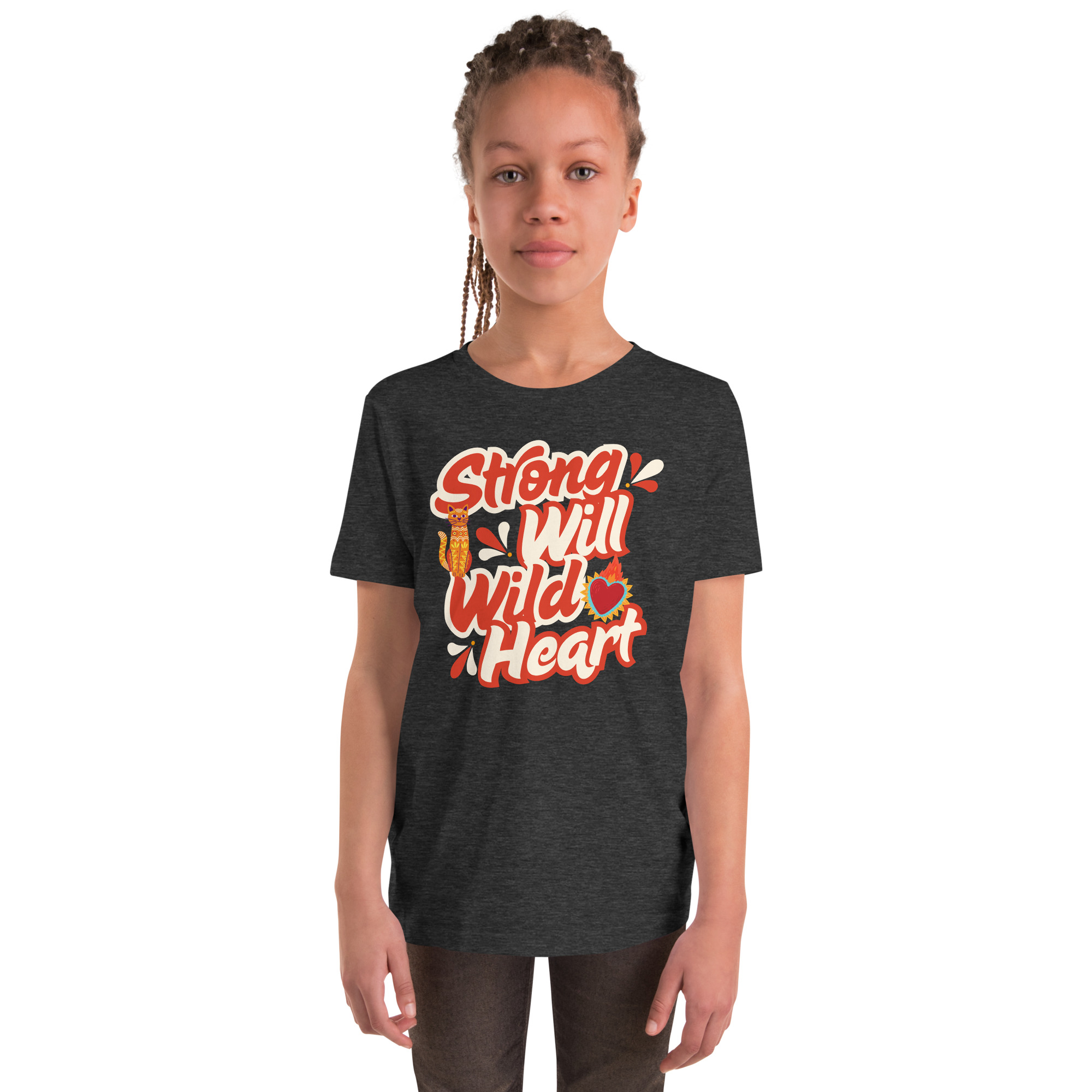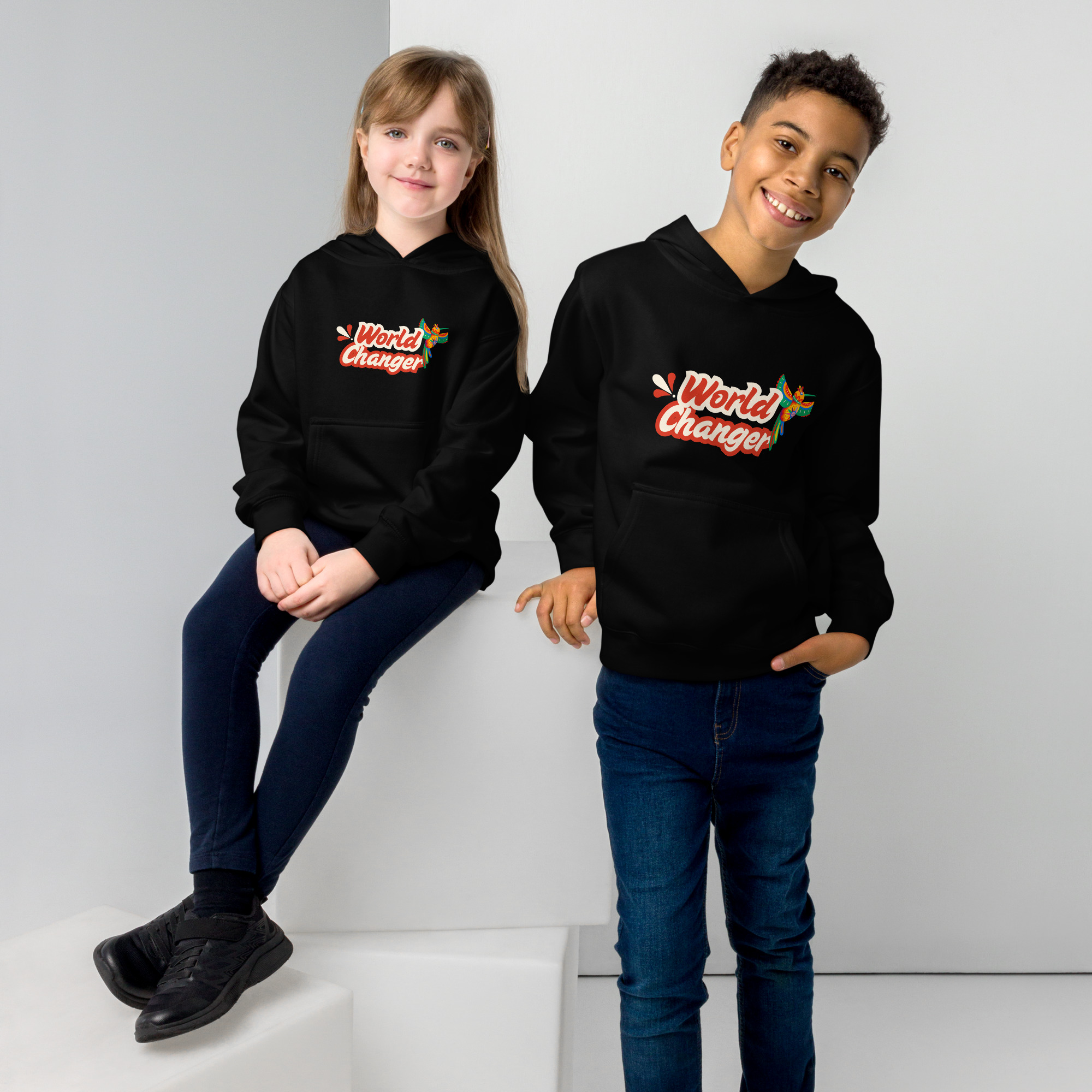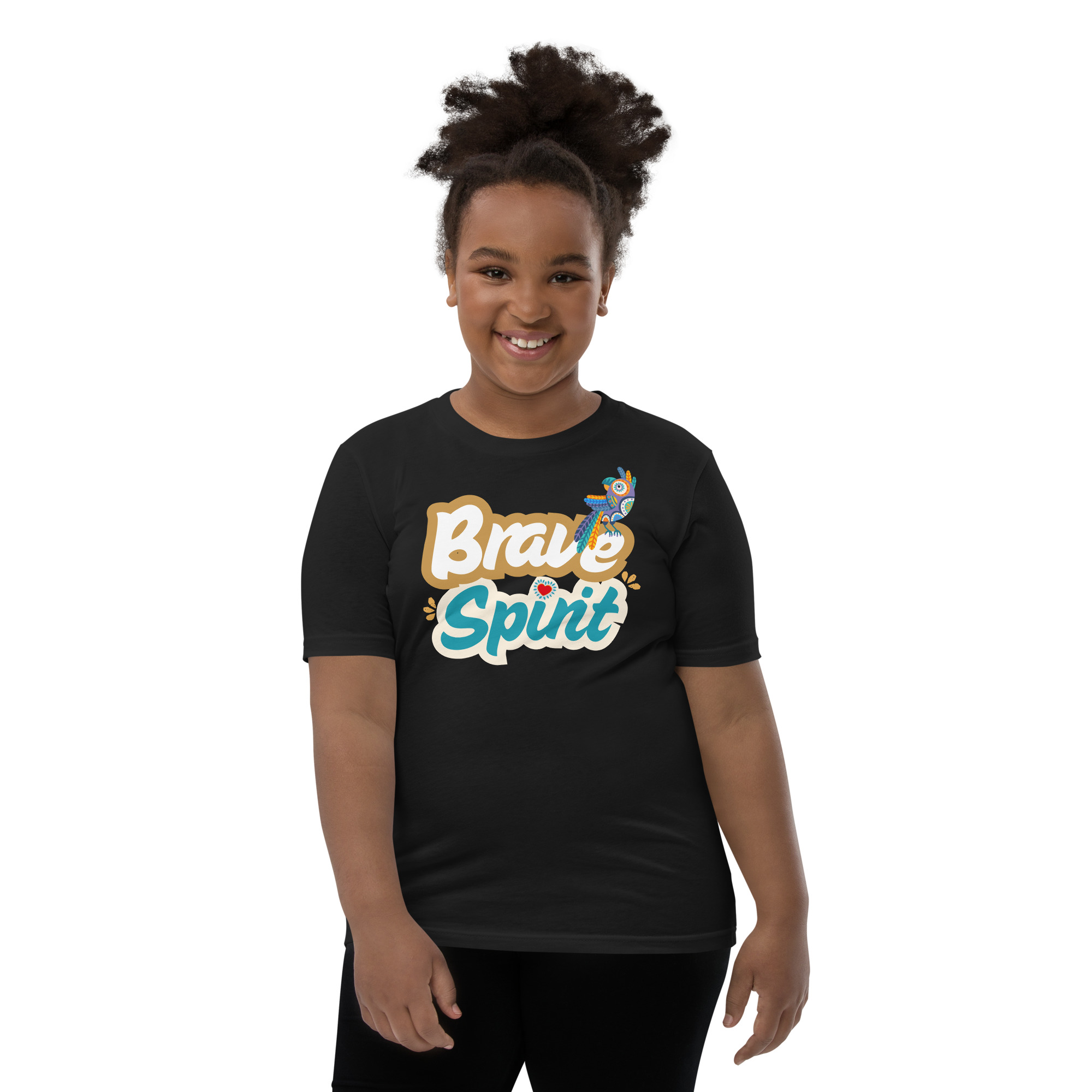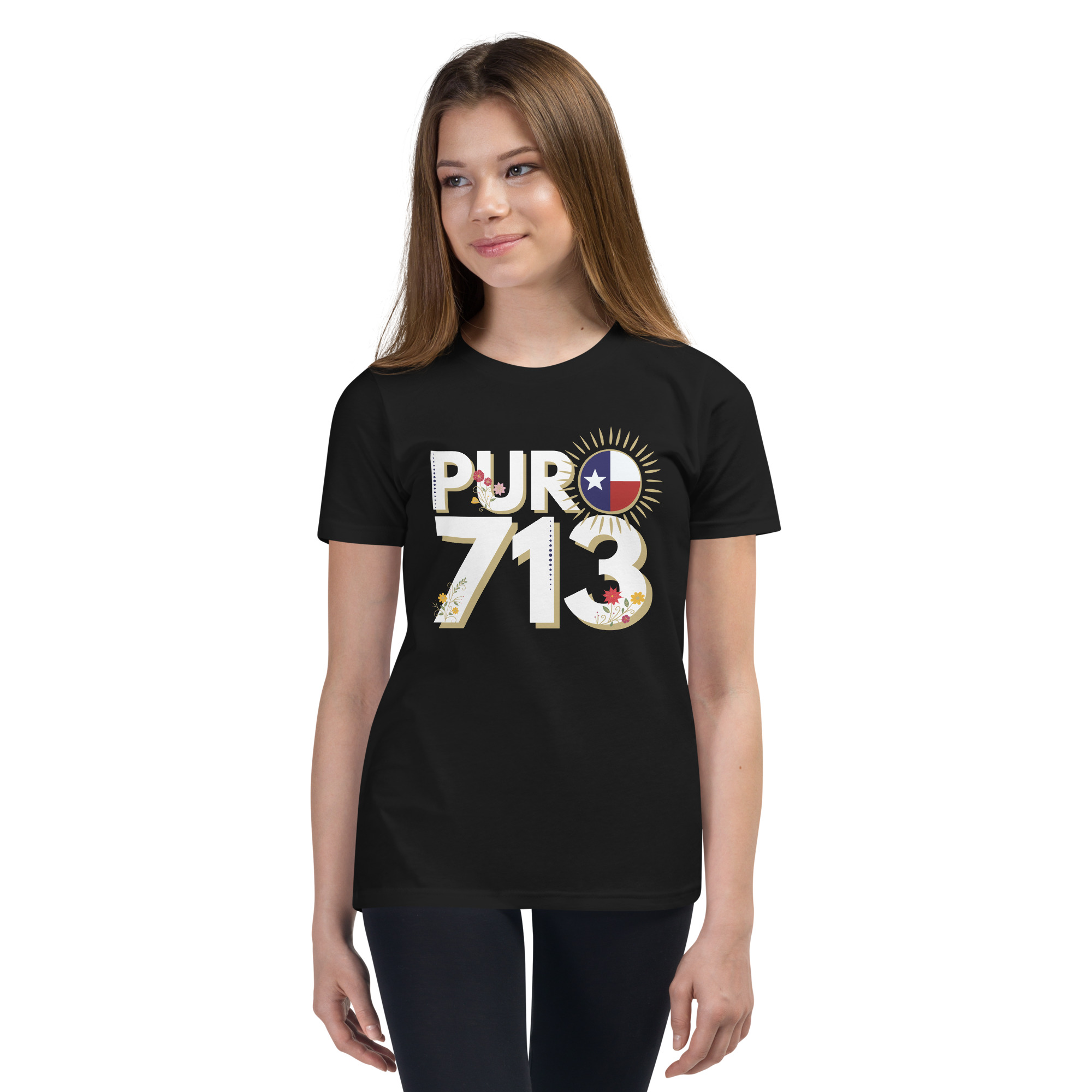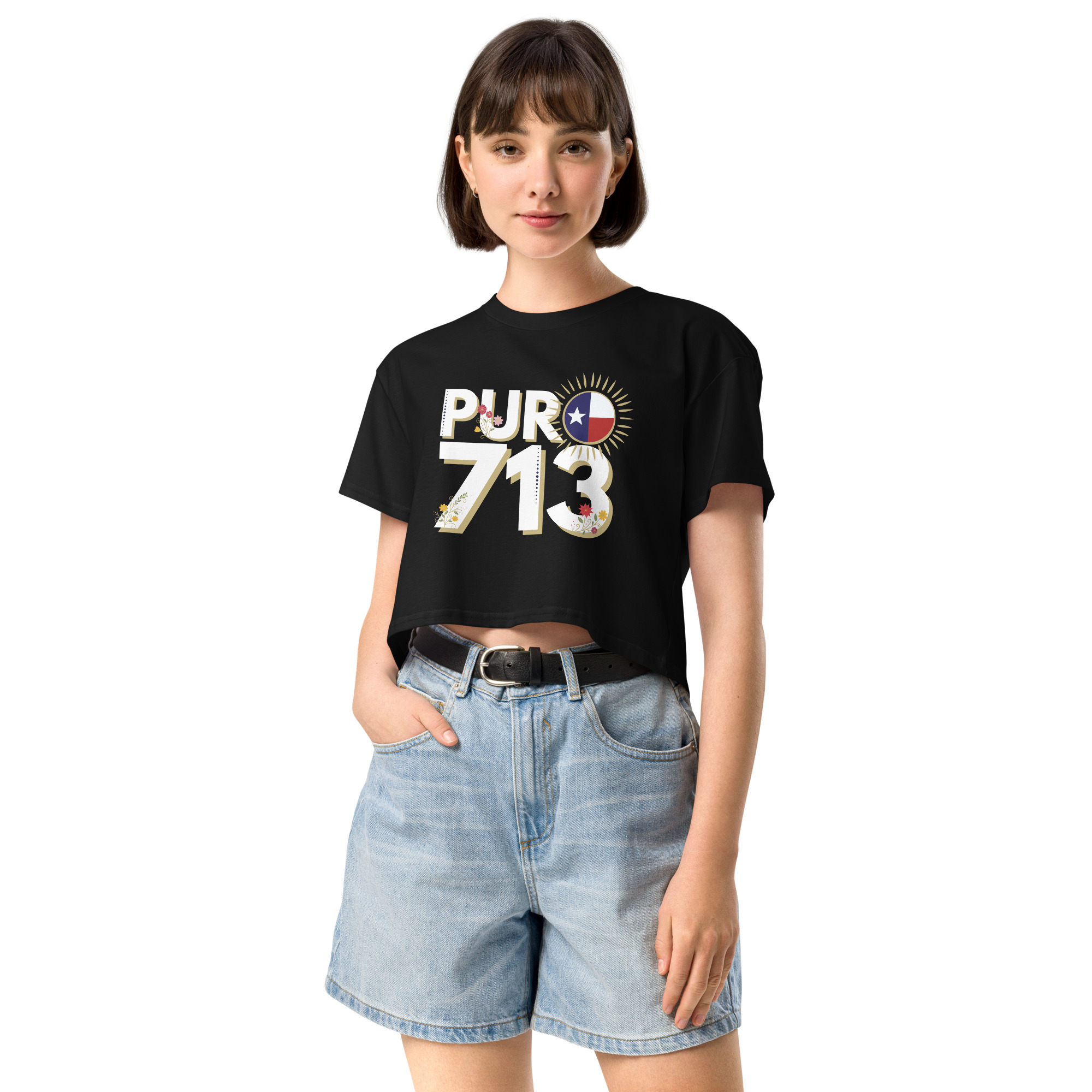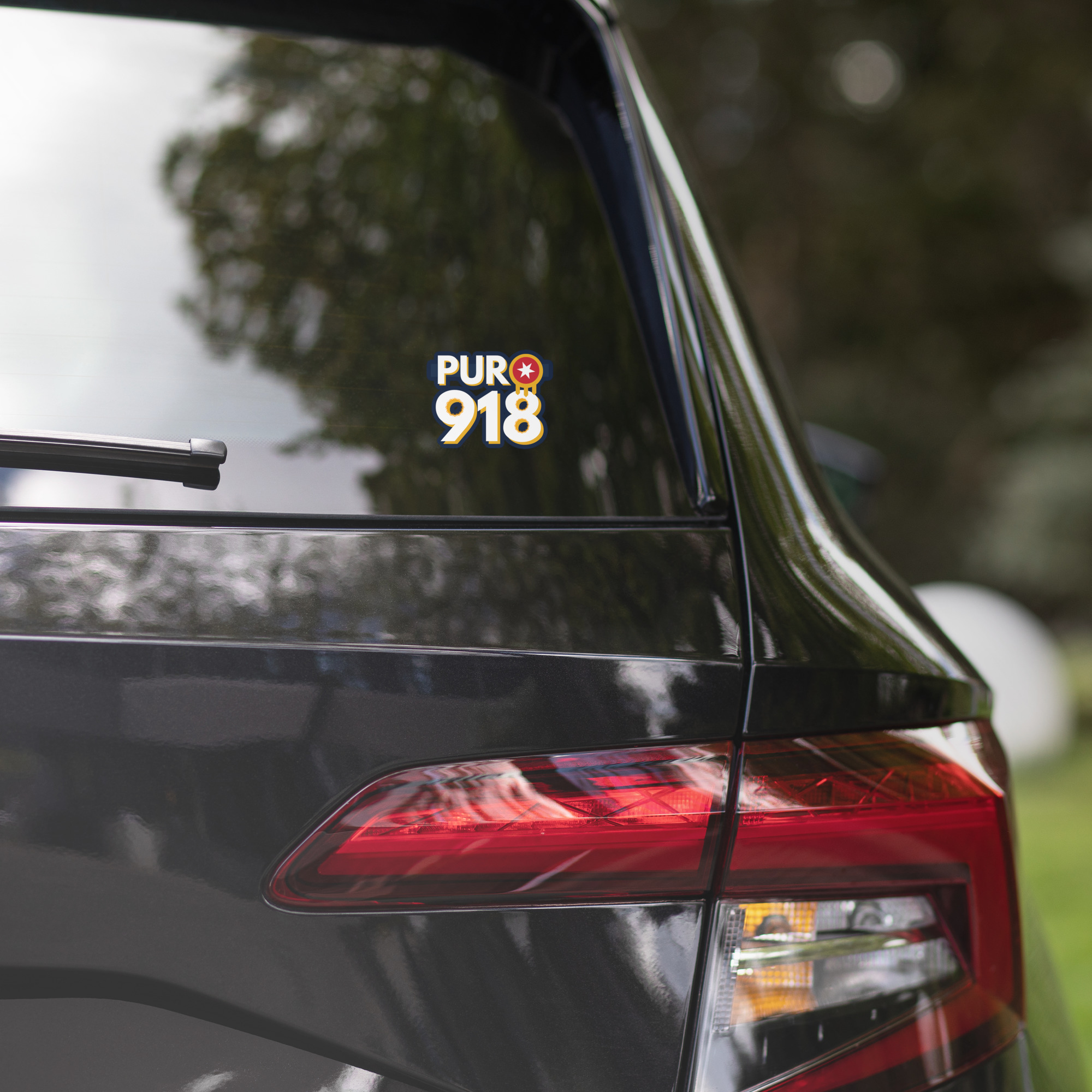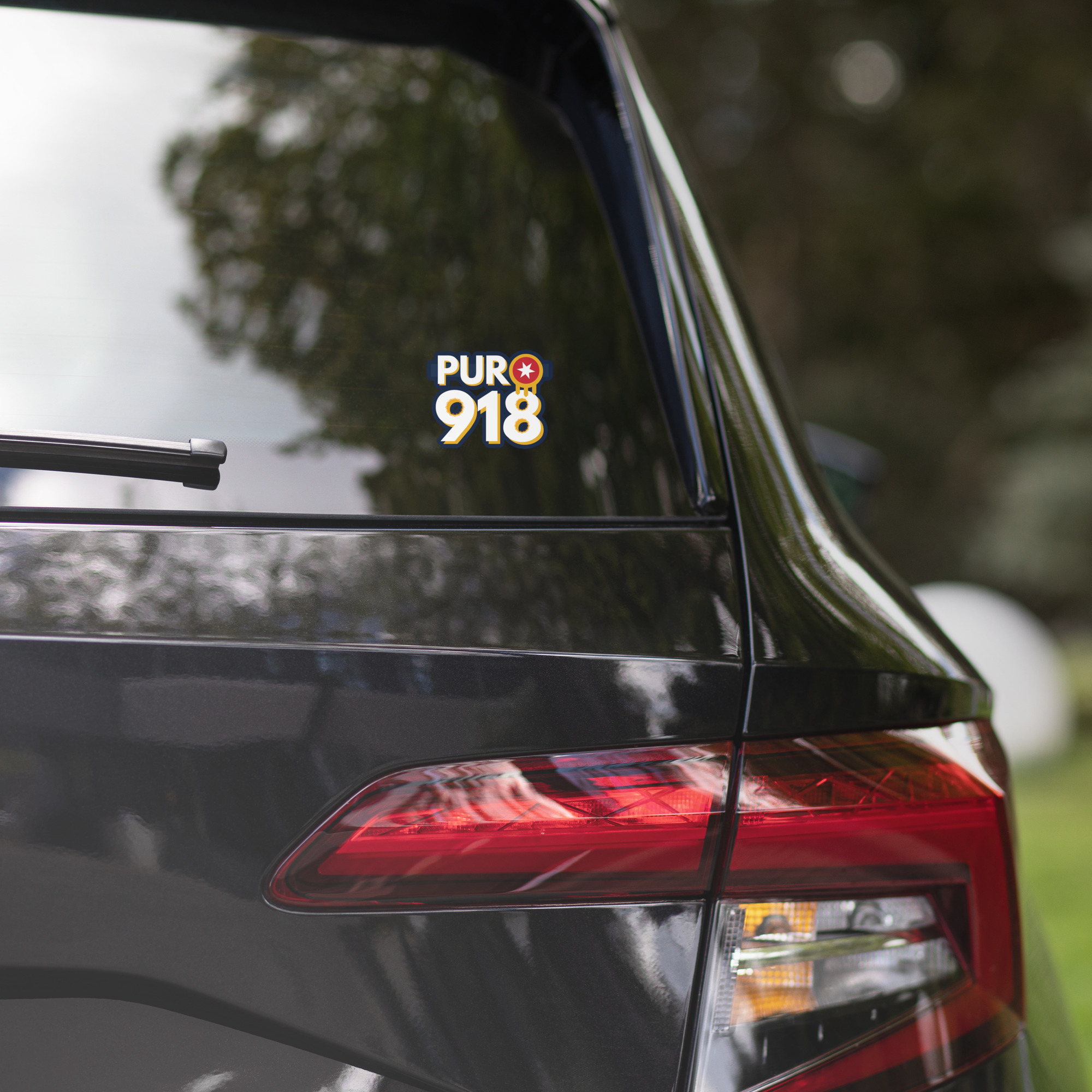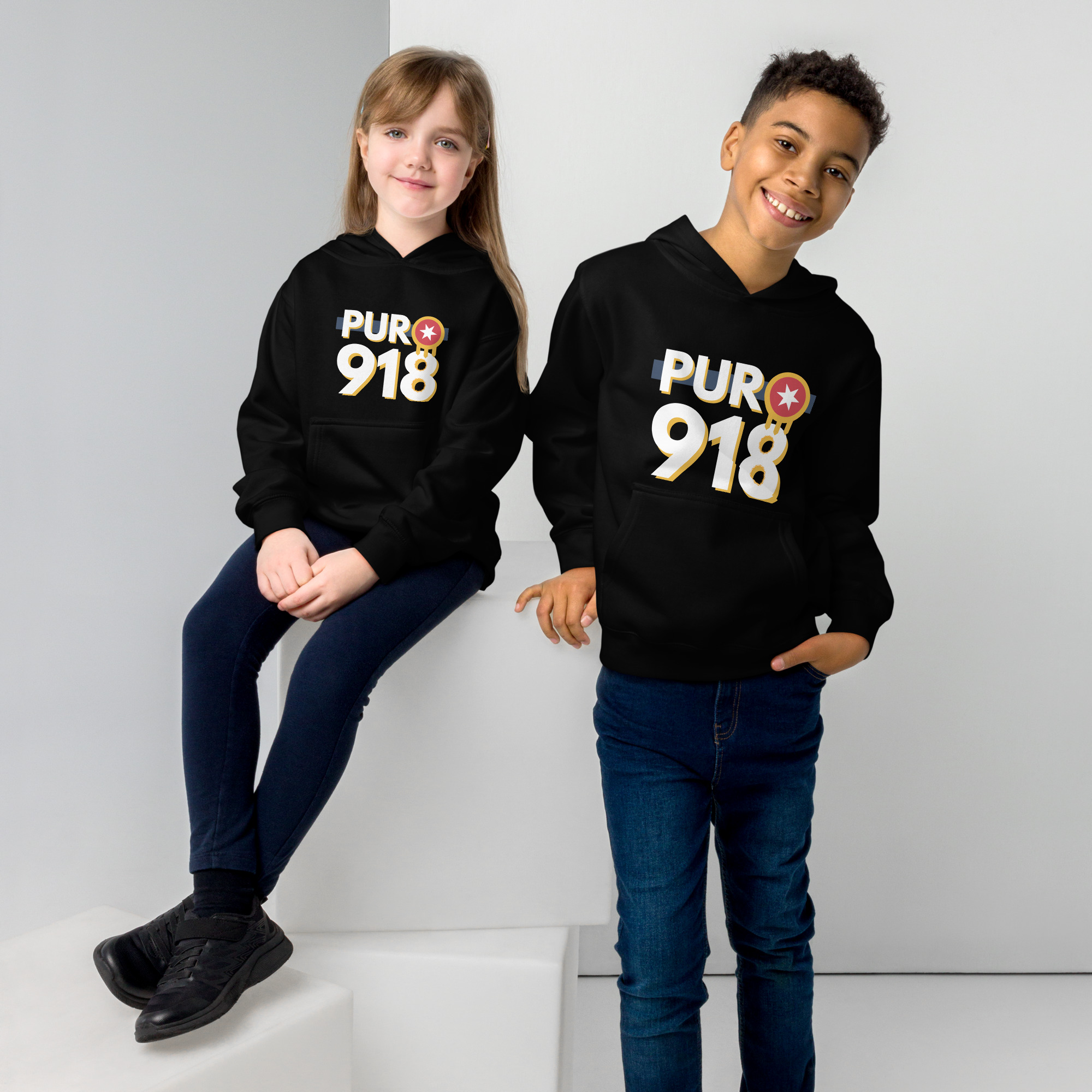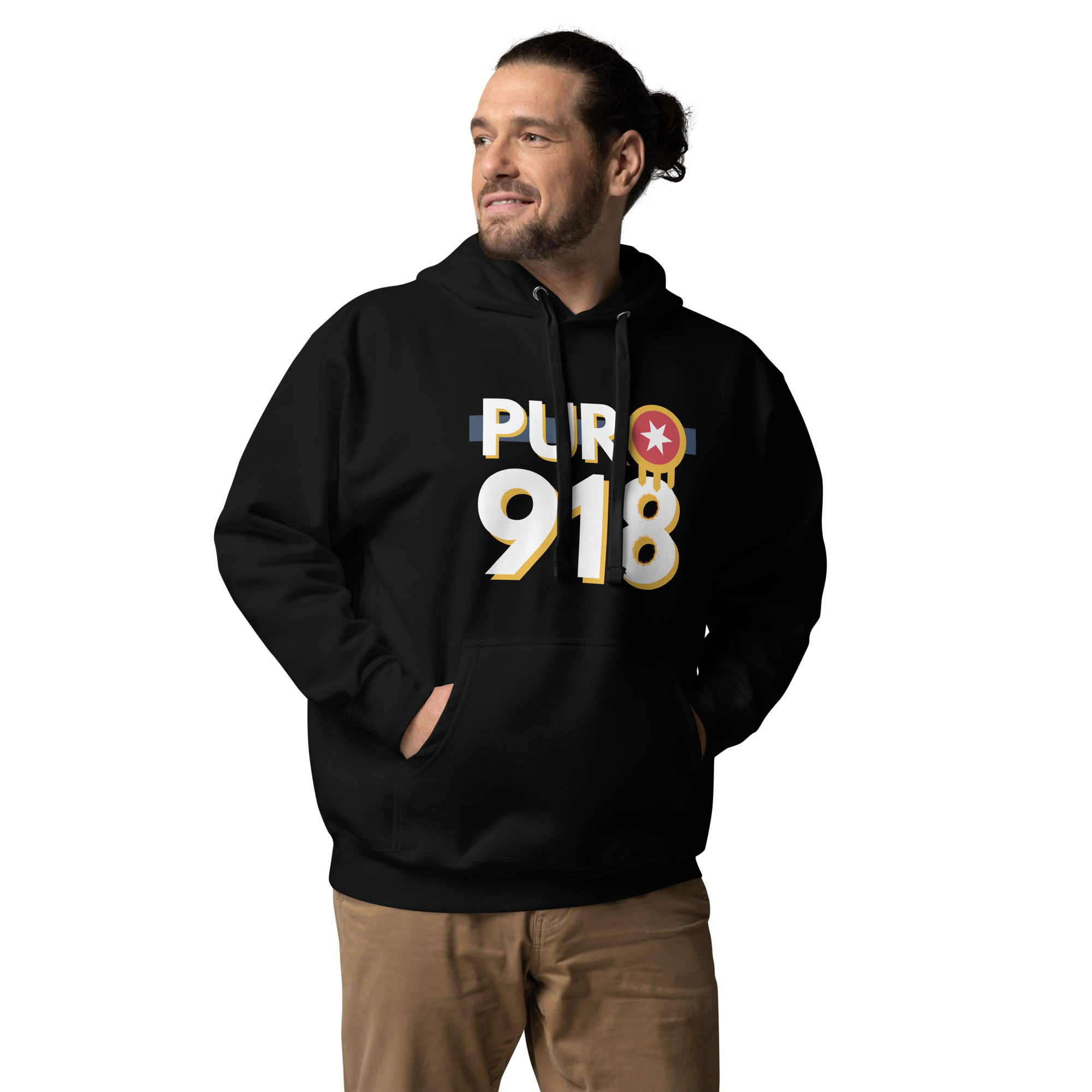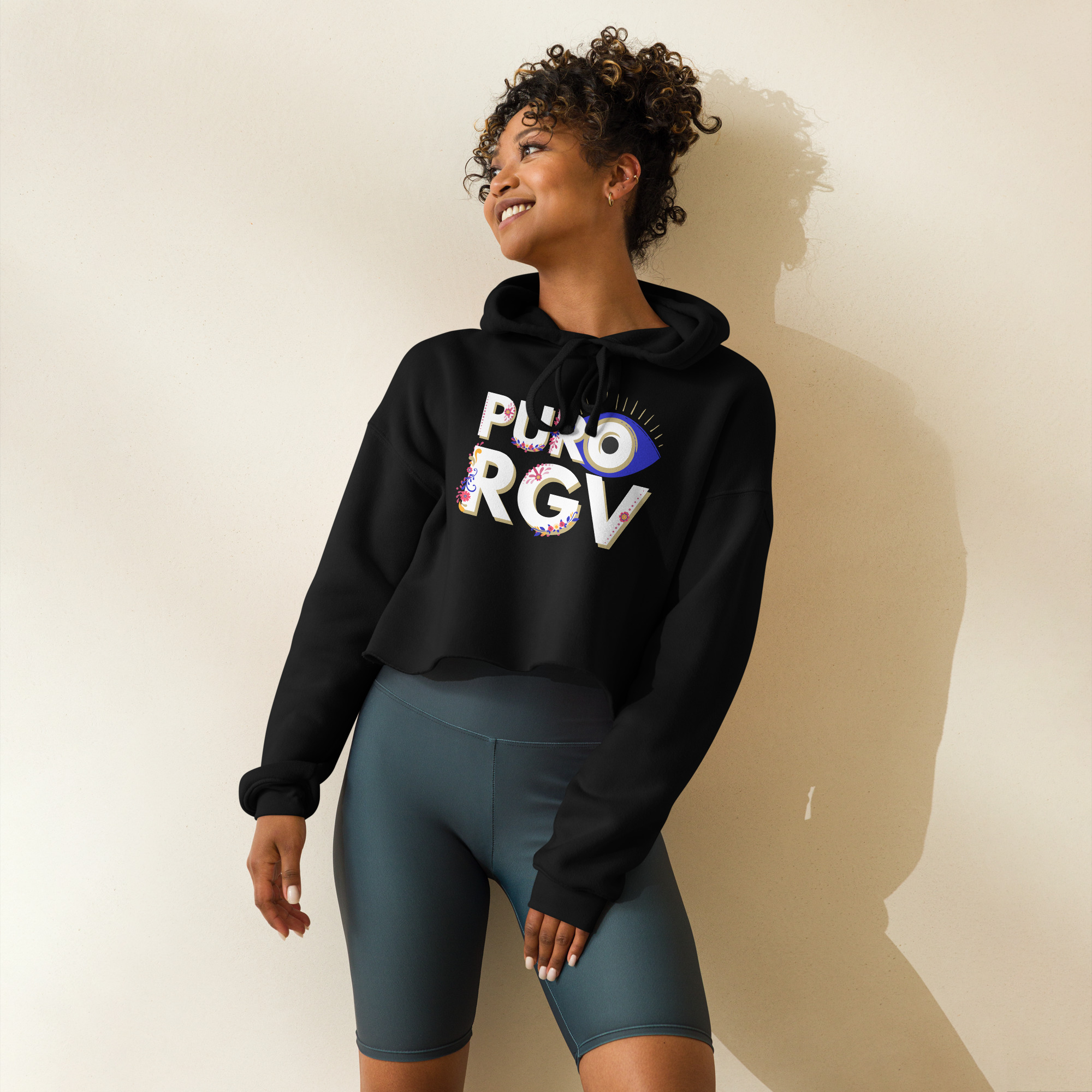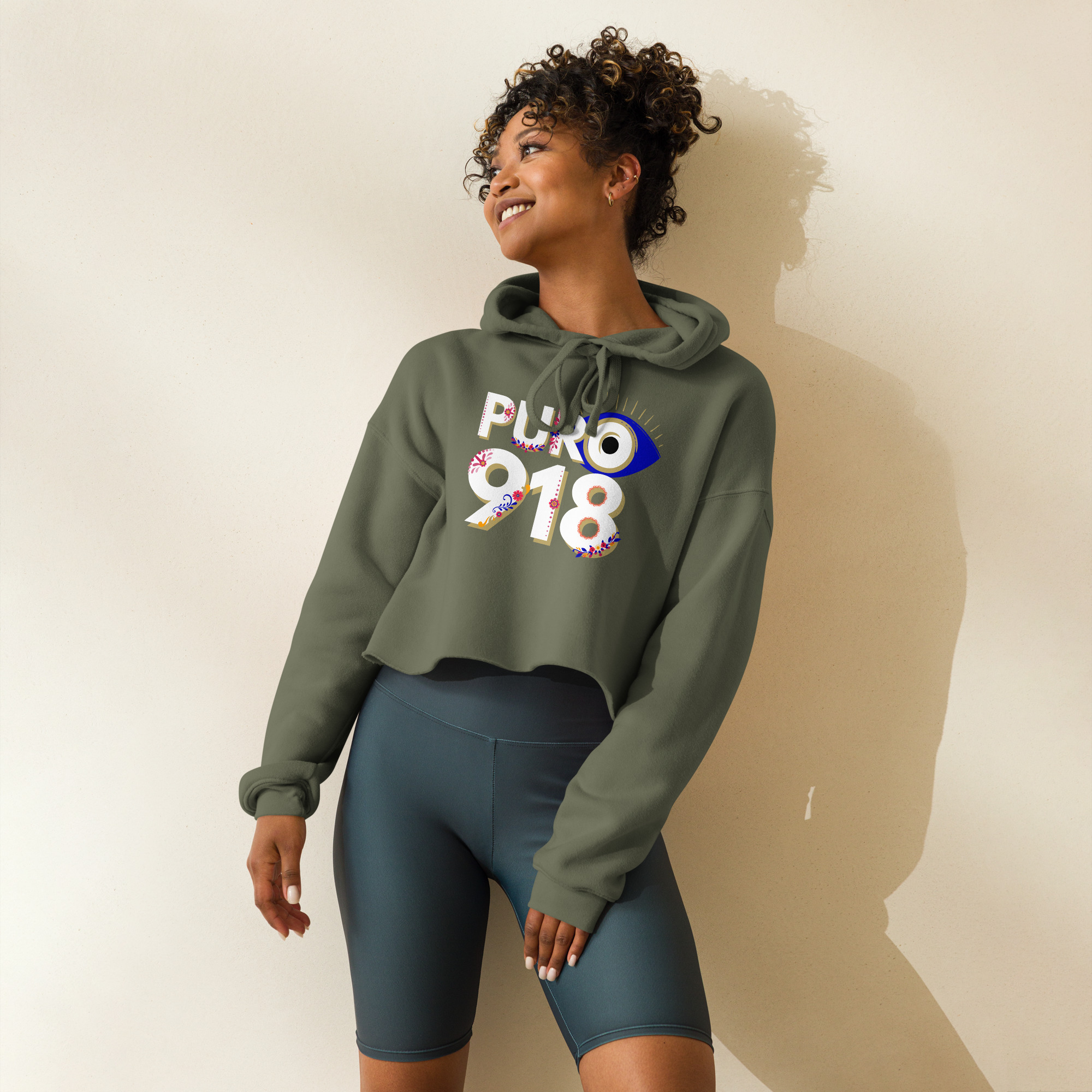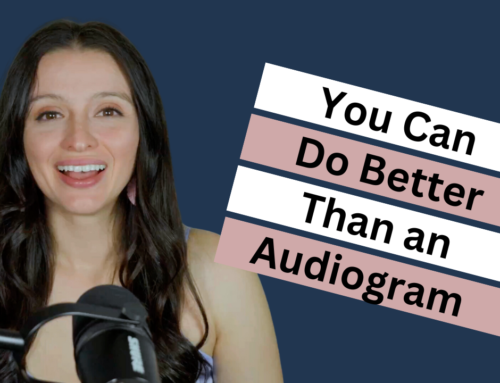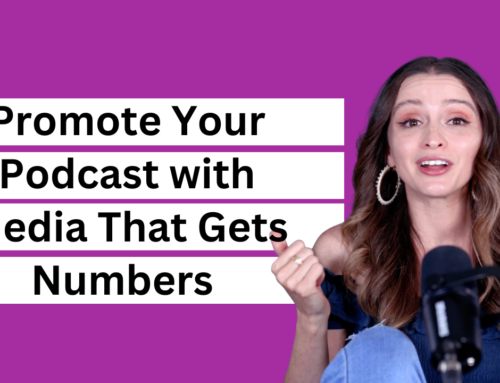YouTube is refining and broadening its podcast tools in 2023!
So, if you have your podcast as a playlist on your channel, mark it as a podcast! Setting your playlist as a podcast will help the show be indexed correctly by YouTube and Google to help you show up in search results.
A big thing we preach here is, “Use the platform how it wants to be used, and you’re more likely to see results.” So with this in mind, take advantage of this opportunity for your podcast to reach more people on one of the biggest search engines!
And if you aren’t using YouTube for your pod, consider creating an MP4 (video) just using a thumbnail and your audio and add to a playlist on your channel. Of course, using audio and a still image to create video isn’t ideal for leveraging YouTube, but it can get you started.
Here is the big thing to remember: if you are creating a new playlist on a channel for your podcast, they need to have the same target audience for it to succeed. For example, if your channel is about food and you create a playlist about engineering, you likely have two different target audiences. Your food audience probably doesn’t care about engineering, so you won’t see the results you are hoping for. You’d be better off creating a new channel and playlist targeted for the engineering podcast. Are you picking up what I’m putting down?
So, can you make anything a podcast on YouTube using the playlist function and setting? Sure, but if it doesn’t make sense for the medium or to your audience, it’s not going to work.
What to expect from YouTube in 2023:
- Further development of its podcast-specific features and tools, such as improved analytics and promotion tools.
- Deeper integration with other Google-owned platforms, such as Google Podcasts and Google Search, to help podcast creators reach a wider audience.
- Partnerships with major podcast networks and creators to produce exclusive content for the platform and attract more listeners.
- Expansion into international markets, where podcasting is rapidly growing in popularity through localization and translation of content.
How podcasters can prepare:
- Set your existing podcast playlist as a podcast so it gets indexed correctly
- Level up your video quality for YouTube
- Level up your channel with better thumbnails, SEO titles, and better descriptions
- Get your podcast on YouTube if it isn’t already
Best practices:
- Don’t make anything into a playlist and mark it as a podcast. Can you? Sure, but if the content doesn’t make sense as a podcast, it’s not going to make sense to an audience either
- If you’re adding a podcast as a playlist to an existing channel, the channel, and the new podcast MUST have the same ideal viewer for it to make sense
Podcasts that succeed on YouTube typically have a few things in common:
- High-Quality Audio and Visuals: One of the key factors for the success of a podcast on YouTube is high-quality audio and visuals. People expect podcasts to be engaging and entertaining, so if the video and audio quality is poor, it can be a major turnoff for viewers.
- Consistency: Consistency is key in building an audience on YouTube. Podcasts that are published on a regular basis, with a consistent format and structure, are more likely to build an audience over time.
- Engaging Content: Podcasts that succeed on YouTube typically have engaging content that resonates with their target audience. This can include interesting guests, thought-provoking discussions, and valuable insights.
- Promotion: Successful podcasts on YouTube often have a strong promotion strategy that includes social media marketing, guest appearances on other podcasts, and collaborations with other content creators.
- Interactivity: YouTube viewers are used to interacting with content creators, so podcasts that incorporate interactivity into their format, such as Q&A sessions or live chats, are more likely to succeed on the platform.
All that to say, podcasts that succeed on YouTube prioritize high-quality content, consistency, and engagement, while leveraging effective promotion and interactivity strategies to build a loyal audience.
If you aren’t using YouTube and video for your podcast, here are a few reasons why you should; podcasts that use video for YouTube can benefit in several ways:
- Reach a wider audience: YouTube has over 2 billion active users, which means that podcasters who use video can potentially reach a much larger audience than they would with audio alone. By posting their podcast videos on YouTube, podcasters can tap into a massive user base and gain exposure to new listeners.
- Boost engagement: Video content tends to be more engaging than audio alone. By incorporating visuals into their podcasts, podcasters can add an extra layer of interest and entertainment for their audience, potentially increasing engagement and keeping viewers hooked for longer.
- Monetization opportunities: YouTube offers several ways for content creators to monetize their videos, including ads, sponsorships, and merchandise sales. By using video for their podcasts, podcasters can take advantage of these monetization opportunities and potentially generate more revenue than they would with audio alone.
- Repurposing content: By repurposing their podcast audio into video content for YouTube, podcasters can create an additional revenue stream without having to create new content from scratch. This can help them save time and resources while still reaching a wider audience and generating more revenue.
Using video for YouTube can be a powerful tool for podcasters looking to grow their audience, boost engagement, and generate more revenue. By taking advantage of the unique benefits of video content, podcasters can expand their reach and build a stronger online presence.

